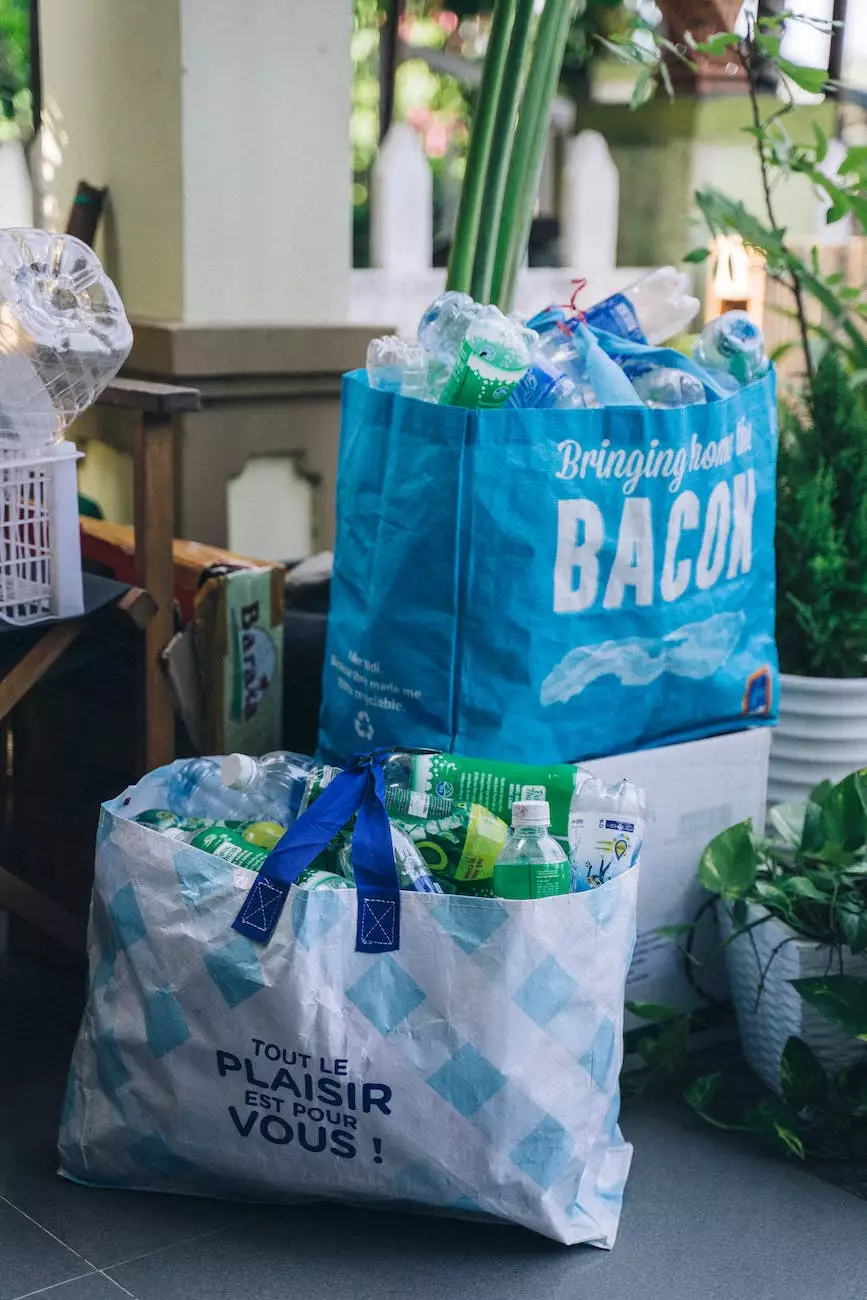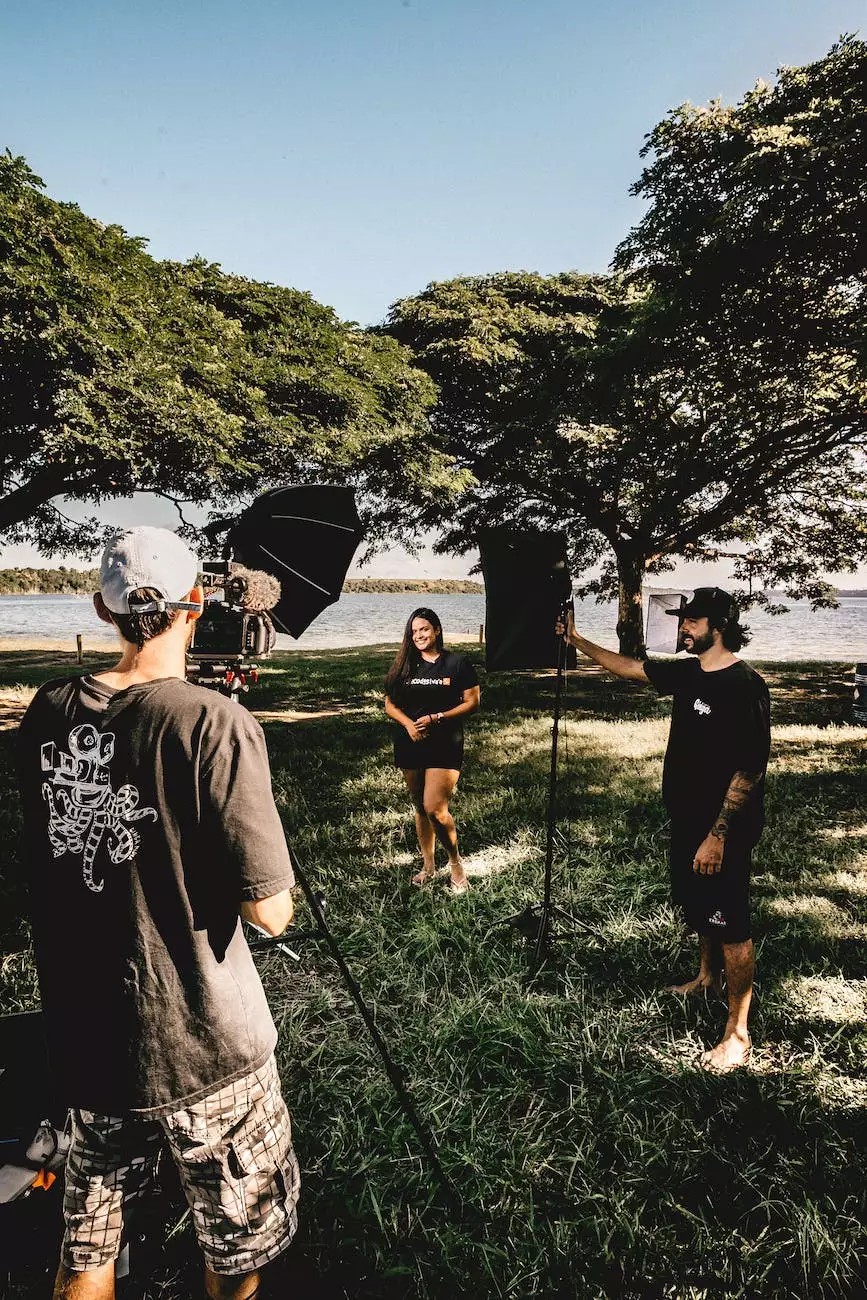Location 6 | What's a Wetland?
Resources
Understanding the Importance of Wetlands
Butterflies R Us Mobile Training welcomes you to Location 6, where we'll dive into the intriguing world of wetlands. Wetlands are vital ecosystems that play a crucial role in maintaining a healthy environment. They are often referred to as the "kidneys of the Earth" due to their exceptional ability to filter and purify water.
The Types of Wetlands
Wetlands come in different forms, each with its distinct characteristics and ecological significance:
1. Marshes
Marshes are wetlands dominated by herbaceous plants. They are often found near rivers, lakes, coasts, or even in depressions within the landscape. These dynamic ecosystems support a wide array of plant and animal life, serving as valuable habitats for birds, amphibians, and countless other species.
2. Swamps
Swamps, unlike marshes, are filled with trees that thrive in wet conditions. Their waterlogged environment allows unique species such as cypress, tupelo, and mangrove trees to flourish. Swamps provide vital nesting grounds for birds and serve as nurseries for fish and crustaceans.
3. Bogs
Bogs are characterized by their acidic and nutrient-poor conditions. Peat moss, heather, and unique carnivorous plants like sundews and pitcher plants can be found in bogs. These fascinating wetlands store large amounts of carbon, contributing to the regulation of our climate.
4. Fens
Fens, similar to bogs in some ways, are alkaline wetlands that receive nutrient-rich water from sources such as underground springs. Fens support diverse plant communities, including sedges, reeds, and various rare species. They are often home to a range of amphibians and insects.
Exploring Location 6 and Its Wetland Ecosystem
Welcome to Location 6, where we invite you to venture into our captivating wetland ecosystem. Immerse yourself in nature as you explore the wonders these wetlands hold:
The Flora and Fauna of Location 6
Location 6 features a vibrant assemblage of plant and animal species unique to its wetland environment. Here are just a few examples:
Flora
- Marsh Marigold (Caltha palustris)
- Buttonbush (Cephalanthus occidentalis)
- Swamp Rose (Rosa palustris)
- Bog Rosemary (Andromeda polifolia)
- Fen Orchid (Liparis loeselii)
Fauna
- Great Blue Heron (Ardea herodias)
- Red-winged Blackbird (Agelaius phoeniceus)
- Leopard Frog (Lithobates pipiens)
- American Alligator (Alligator mississippiensis)
- Bog Turtle (Glyptemys muhlenbergii)
The Ecological Significance of Wetlands
Location 6's wetland ecosystem provides numerous benefits to our environment and society:
Water Filtration and Purification
Wetlands act as natural filters, removing pollutants and excess nutrients from water bodies. They help to improve water quality and protect downstream ecosystems from contamination. Their role in purifying water is invaluable in sustaining both human and wildlife populations.
Flood Control
During periods of heavy rainfall or storms, wetlands act as natural sponges, absorbing excess water and reducing the risk of flooding in surrounding areas. Their ability to store and slowly release water helps mitigate the impact of extreme weather events.
Carbon Sequestration
Wetlands, including those at Location 6, store significant amounts of carbon in the form of peat and other organic matter. This storage helps mitigate climate change by reducing the release of greenhouse gases into the atmosphere.
Habitat and Biodiversity
Wetlands provide critical habitats for a wide variety of species, including endangered and migratory birds, amphibians, reptiles, and insects. Preserving and protecting wetlands ensures the survival of these intricate ecosystems and the species they support.
Join Us at Location 6 and Experience the Beauty of Wetlands
Butterflies R Us Mobile Training invites you to visit Location 6 and witness the remarkable wonders of wetlands. Immerse yourself in nature's classroom and gain a deeper appreciation for these invaluable ecosystems. Join us as we continue our mission to educate and inspire a love for the environment!










